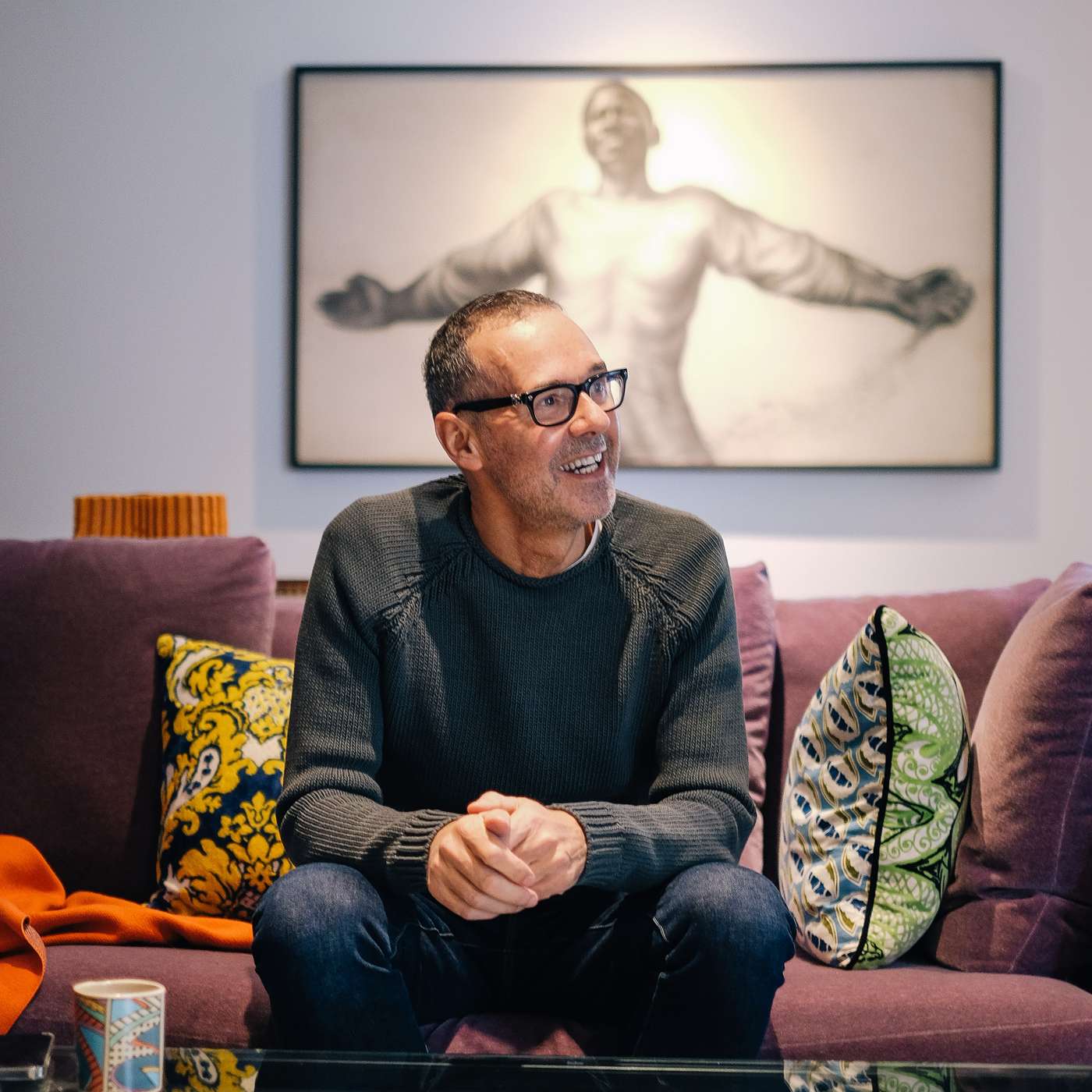episode 038: Bob Rennie
- Author
- with May Globus
- Published
- Wed 24 Nov 2021
- Episode Link
- https://share.transistor.fm/s/1836639e
Most people who know his name, know Bob Rennie as a real estate success story—and, perhaps, they know he’s a prolific and well-respected art collector, too. Those that know him more deeply also know how charismatic, smart, quick-witted, supportive, and generous he truly is.
He grew up in East Vancouver, the son of lower middle class parents. His homemaker mother spent many years raising him and his sister - at the age of 40, she entered the workforce as a waitress. A truck driver for Carling Brewery, his father also ran the press box for the Vancouver Canucks and BC Lions. At 19-years-old, Bob picked his own path and started his long storied career in real estate, first as a realtor, and began steadily building the backbone of his business empire from the simple values imparted on him by his father.
His biggest passion, however, is collecting art, something that sparked on a trip to San Francisco in 1974 when he was 18-years-old. During a gallery visit, he saw a Norman Rockwell limited edition print, On Top of the World (1934). He bought it for $375, and marked the start of the extensive and renowned Rennie Collection, one the largest contemporary private art collections in North America. Works in the collection are regularly shown at rennie museum in the historic Wing Sang Building in Vancouver’s Chinatown and are also loaned to museums across the world. Bob is also currently president of the Tate Americas Foundation and on the board of trustees for the Art Institute of Chicago.
In this conversation, we discuss what he learned from his parents growing up; the importance of creating trustworthy relationships in work, art & life; why he collects art in the threads of diversity, inclusion & social injustice and the role of a collector to elevate an artist; the story of how he acquired Kerry James Marshall’s Garden Party (2003-2014) over the course of nine years and his long-standing friendship with the artist; how the art world has evolved from when he began collecting to now; advice he’d give to those wanting to build their own collections; what he learned about himself over the last two years during the pandemic; why it’s essential to show people your vulnerability; what he would tell his three children right now; and much more.
